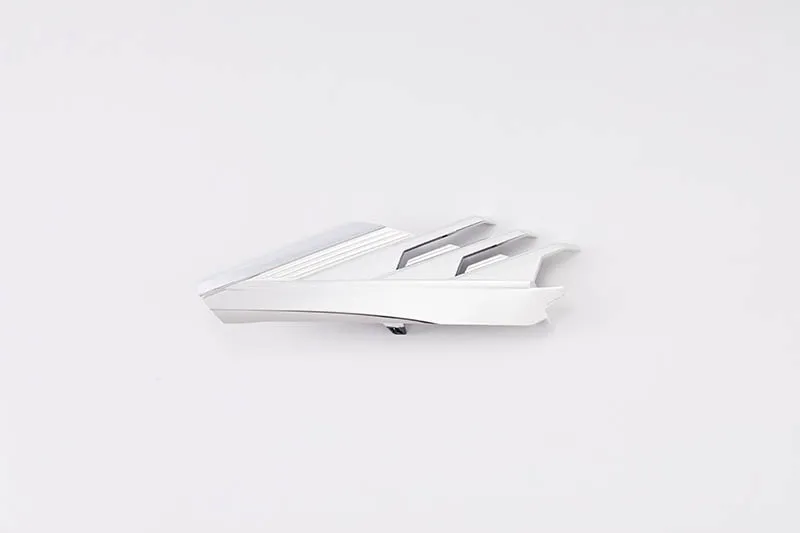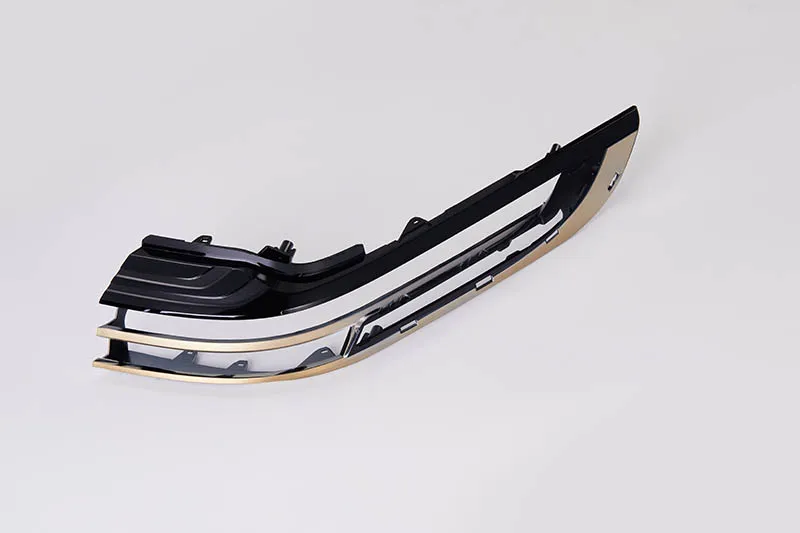Introduction
Transporting automotive parts requires careful planning and attention to detail to ensure that the parts arrive safely and in optimal condition. Whether you’re shipping replacement parts to a customer, delivering a high-performance upgrade, or transporting large components like engines and transmissions, the logistics of automotive part transportation are critical for maintaining quality and customer satisfaction. This article explores the various methods of transporting automotive parts, best practices for packaging and handling, and key considerations for minimizing risks during the transportation process.
Why Efficient Transportation of Automotive Parts Is Important
Efficient and safe transportation of automotive parts is crucial for several reasons:
- Minimizing Damage: Automotive parts, especially delicate components like mirrors, sensors, and electronics, can be easily damaged during transportation. Proper handling and packaging reduce the risk of damage.
- Customer Satisfaction: On-time delivery of automotive parts in excellent condition is vital for customer satisfaction. Delays or damaged parts can lead to customer complaints and lost business.
- Cost Efficiency: Proper transportation methods and efficient logistics can reduce costs associated with damaged goods, returns, or late deliveries, ultimately improving profitability.
- Inventory Management: Efficient transport helps maintain a streamlined inventory, ensuring that parts are available when needed and reducing downtime for repairs or manufacturing.
Methods of Transporting Automotive Parts
Depending on the size, weight, and destination of the parts, there are several methods for transporting automotive parts. These include:
1. Road Transport
Road transport is one of the most common and cost-effective methods of transporting automotive parts. It is particularly suitable for short to medium distances and can offer flexibility in terms of delivery schedules and routes.
- Truck Shipments: Trucks are the primary vehicles used for transporting automotive parts. Depending on the size and weight of the parts, different types of trucks can be used, including flatbeds, box trucks, or specialized vehicles for oversized parts.
- Local Deliveries: For small quantities or local deliveries, delivery vans and smaller trucks may be used. This option is ideal for parts that need to be delivered to nearby shops or customers.
- Long-Distance Hauling: For long-distance shipments, companies often use freight trucks that can carry large quantities of automotive parts in one trip. This method is efficient for bulk shipments, especially when multiple pallets or crates are involved.
2. Air Transport
Air transport is typically used for high-value, urgent, or time-sensitive automotive parts. It is the fastest method of transportation but is also the most expensive. Air transport is suitable for small or lightweight parts that need to be delivered quickly.
- Cargo Flights: For large quantities of automotive parts, air freight cargo services are often utilized. Parts are typically packaged in cargo boxes or crates and are transported via commercial or dedicated freight flights.
- Express Services: Express air services are available for high-priority parts, offering the fastest delivery times. However, this method is more costly and often used for parts that are in high demand or critical for repairs.
3. Sea Freight
Sea freight is typically used for transporting large quantities of automotive parts internationally. While it is the most cost-effective method for long distances, it is also the slowest, with shipping times often spanning several weeks.
- Container Shipping: Automotive parts are packed into shipping containers for transportation by sea. Containers are loaded onto large cargo ships, which can carry thousands of parts in one journey. This method is particularly useful for bulk shipments to overseas markets.
- Roll-On/Roll-Off (RoRo): For larger components, such as engines or chassis, RoRo shipping may be used. In this method, vehicles and large parts are driven directly onto the ship, providing a convenient and efficient transport solution.
4. Rail Transport
Rail transport is another method for transporting automotive parts over land, especially over long distances. It is less common than road transport but can be highly effective for bulk shipments of parts to regional distribution centers.
- Container Trains: Automotive parts can be shipped in containers loaded onto trains. Trains can carry large quantities of goods over long distances at relatively low costs. However, rail transport is less flexible than road transport in terms of direct delivery to customers.
- Dedicated Freight Railcars: For larger shipments, specialized freight railcars designed for automotive parts can be used. These cars offer more protection and security for high-value parts during transit.
Packaging and Handling Automotive Parts for Transport
Proper packaging is essential to protect automotive parts from damage during transportation. Packaging not only safeguards the parts but also helps optimize space during shipping, reducing overall transportation costs.
1. Packaging Materials
The choice of packaging material depends on the type and size of the automotive part being shipped. Common packaging materials include:
- Corrugated Boxes: Ideal for small and lightweight parts such as filters, sensors, and brake pads. Boxes provide protection from dust and moisture and are stackable for efficient transport.
- Pallets: Large or bulky parts, such as bumpers, engines, or transmission units, are often placed on wooden or plastic pallets. Pallets help distribute the weight evenly and make loading and unloading more efficient.
- Foam Padding: Foam padding, bubble wrap, and other cushioning materials are used to protect delicate parts from impact and vibrations during transport. These materials are often used for electronic components or glass parts.
- Crates: For high-value or fragile parts, such as headlights or mirrors, wooden crates are often used. Crates offer superior protection and security for delicate items, minimizing the risk of damage.
- Shrink Wrap: For smaller or loose parts, shrink wrap is often used to bundle items together, preventing movement within the package and reducing the risk of damage.
2. Labeling and Documentation
Proper labeling and documentation are crucial for ensuring that automotive parts are handled correctly and reach the correct destination.
- Clear Labels: All packages should have clear labels with detailed information about the contents, including part numbers, handling instructions (e.g., “Fragile,” “Keep Dry”), and the sender and recipient addresses.
- Shipping Documentation: Shipping documents, such as invoices, customs declarations (for international shipments), and tracking numbers, should be included with the shipment. This ensures that all necessary paperwork is in place for smooth transit.
3. Handling and Loading
Proper handling during the loading and unloading process is essential to prevent damage. Automotive parts should be carefully loaded onto the transport vehicle, ensuring they are securely fastened and won’t shift during transit. Forklifts, pallet jacks, and specialized equipment may be used for heavier or bulkier parts.
Risk Management During Transport
Transportation of automotive parts involves several risks, including damage, theft, and delays. Effective risk management strategies are essential to ensure that parts arrive safely and on time.
1. Insurance
Cargo insurance is crucial when transporting high-value automotive parts. Insurance protects against potential losses due to damage, theft, or delays during transit. Depending on the value of the parts being shipped, different levels of coverage may be required.
2. Security
For high-value parts, especially during international shipping or long-distance transport, security measures should be taken to prevent theft. This may include using tamper-proof seals, GPS tracking, or choosing secure transport options.
3. Monitoring and Tracking
Real-time tracking systems allow both the sender and the recipient to monitor the shipment’s progress during transit. This reduces uncertainty and provides transparency regarding delivery times. In case of delays or issues, quick action can be taken to address the problem.
4. Delays and Contingency Planning
Delays are sometimes inevitable, especially for long-distance or international shipments. Having a contingency plan in place, such as selecting an alternate route or using expedited shipping methods, can help minimize disruptions.
Conclusion
The transportation of automotive parts requires careful planning, proper packaging, and reliable logistics to ensure that the parts arrive safely and on time. Whether you’re shipping locally, nationally, or internationally, selecting the appropriate transport method and adhering to best practices for handling and packaging will help minimize risks and improve customer satisfaction. By considering factors such as cost, delivery time, and the value of the parts being shipped, you can ensure efficient and secure transportation of automotive parts, ultimately supporting the success of your business.




